Canada’s Nobel Prize win has a mining connection

Arthur McDonald (L) underground with Doug Hallman working on the SNOLAB.
The co-recipient of the Nobel Prize for Physics, Arthur B. McDonald, conducted his experiments on neutrinos and mass inside a nickel mine.
The honour was bestowed today on McDonald and Takaaki Kajita, who works at the University of Tokyo.
The SNOLAB, an offshoot of the Sudbury Neutrino Observatory where McDonald directed experiments, is a underground physics laboratory that’s part of Vale’s Creighton nickel mine. The 2-km deep mine near Sudbury, Ontario was identified in the 1980s as an ideal location for detecting neutrinos emitted from the sun while limiting background interference.
Go ahead to build the Sudbury Neutrino Observatory, a predecessor to the SNOLAB, was given in the 1990.
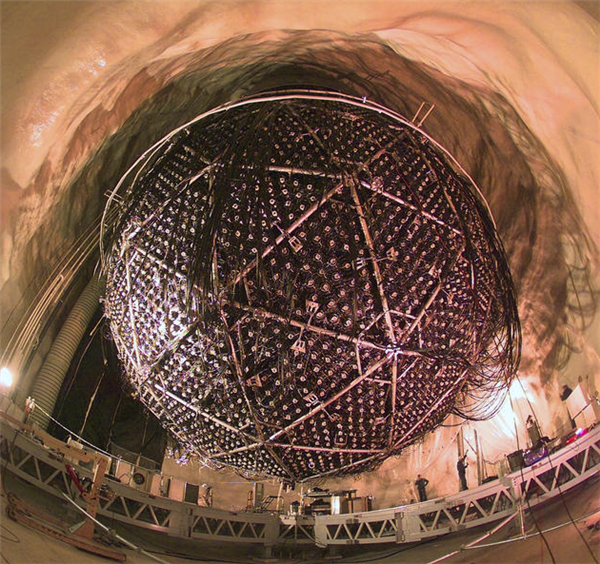
Fish-eye photo of the SNO Detector. Image from SNOLAB.
McDonald is a University Research Chair at Queen’s University. He completed his Ph.D. in Physics from the California Institute of Technology. He previously worked at Chalk River Nuclear Laboratories northwest of Ottawa from 1970 to 1982.
McDonald and Kajita were given the award for their was given the award for showing that neutrinos have mass. The Nobel Committee summed up the importance of their findings:
Around the turn of the millennium, Takaaki Kajita presented the discovery that neutrinos from the atmosphere switch between two identities on their way to the Super-Kamiokande detector in Japan.
Meanwhile, the research group in Canada led by Arthur B. McDonald could demonstrate that the neutrinos from the Sun were not disappearing on their way to Earth.
Instead they were captured with a different identity when arriving to the Sudbury Neutrino Observatory.
A neutrino puzzle that physicists had wrestled with for decades had been resolved. Compared to theoretical calculations of the number of neutrinos, up to two
thirds of the neutrinos were missing in measurements performed on Earth. Now, the two experiments discovered that the neutrinos had changed identities.
The discovery led to the far-reaching conclusion that neutrinos, which for a long time were considered massless, must have some mass, however small.
For particle physics this was a historic discovery. Its Standard Model of the innermost workings of matter had been incredibly successful, having resisted all
experimental challenges for more than twenty years. However, as it requires neutrinos to be massless, the new observations had clearly showed that the Standard
Model cannot be the complete theory of the fundamental constituents of the universe.
The discovery rewarded with this year’s Nobel Prize in Physics have yielded crucial insights into the all but hidden world of neutrinos. After photons, the
particles of light, neutrinos are the most numerous in the entire cosmos. The Earth is constantly bombarded by them.
Many neutrinos are created in reactions between cosmic radiation and the Earth’s atmosphere. Others are produced in nuclear reactions inside the Sun. Thousands of
billions of neutrinos are streaming through our bodies each second. Hardly anything can stop them passing; neutrinos are nature’s most elusive elementary
particles.
Now the experiments continue and intense activity is underway worldwide in order to capture neutrinos and examine their properties. New discoveries about their deepest secrets are expected to change our current understanding of the history, structure and future fate of the universe.
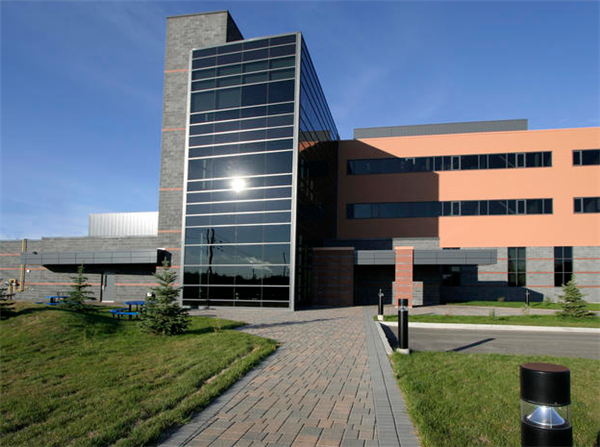
SNOLAB surface building. Image from SNOLAB.
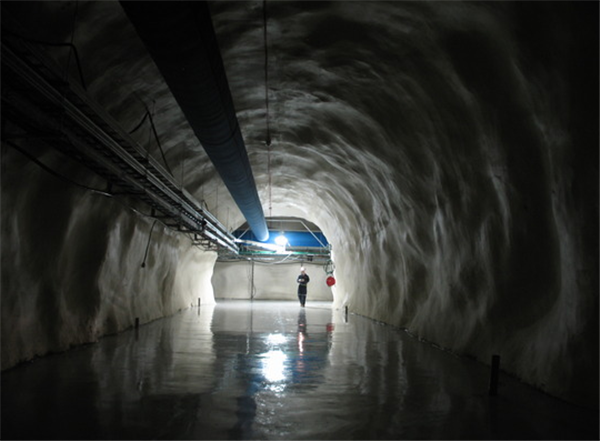
SNOLAB underground. Image from SNOLAB.
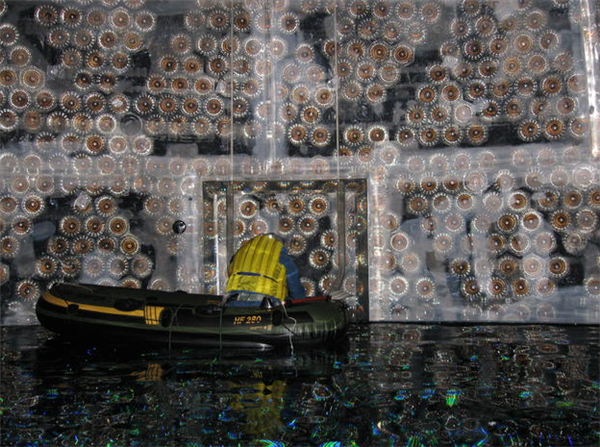
SNOLAB underground. Image from SNOLAB.
More News
{{ commodity.name }}
{{ post.title }}
{{ post.date }}

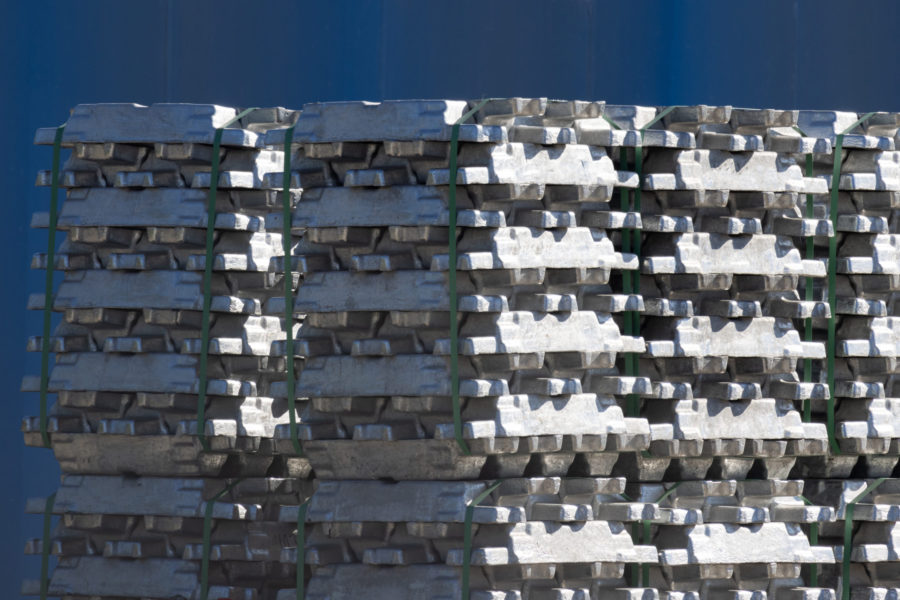

Comments